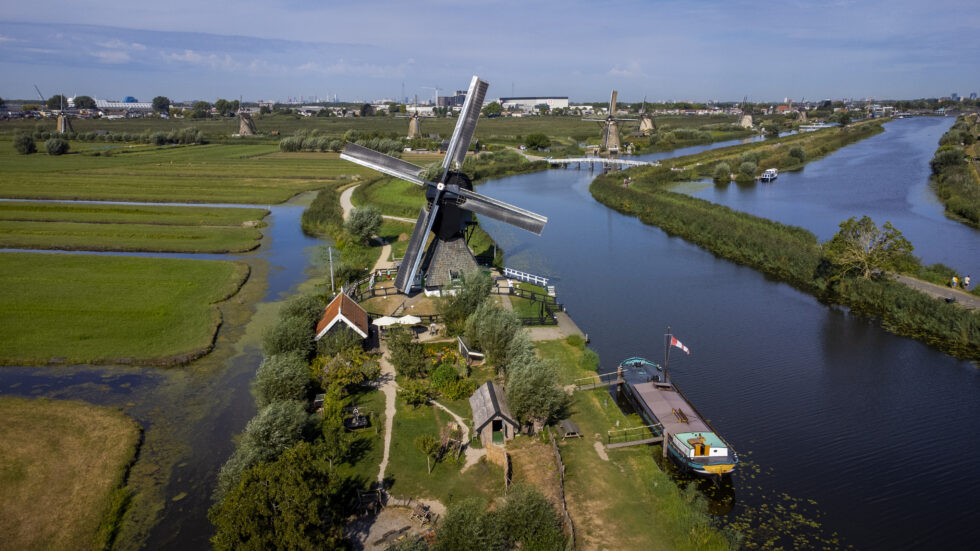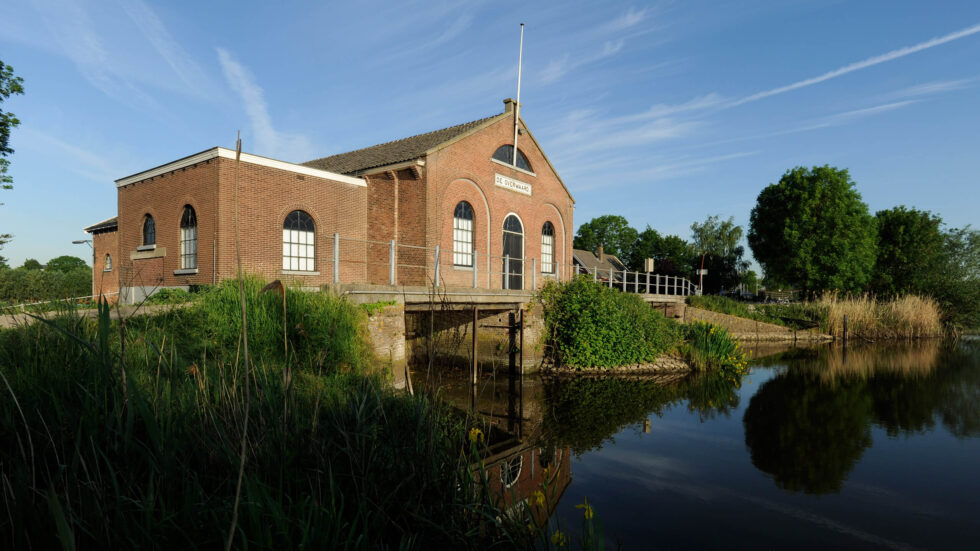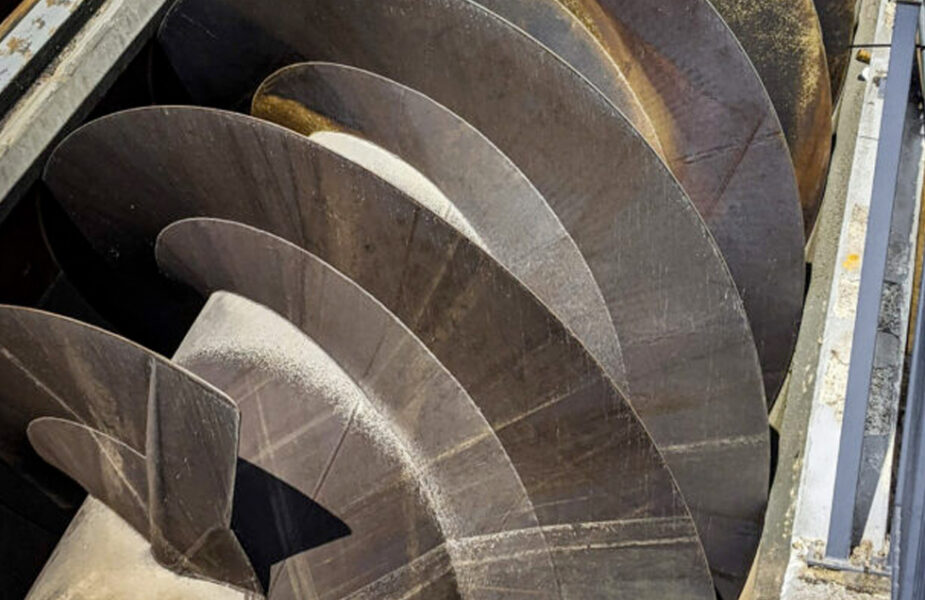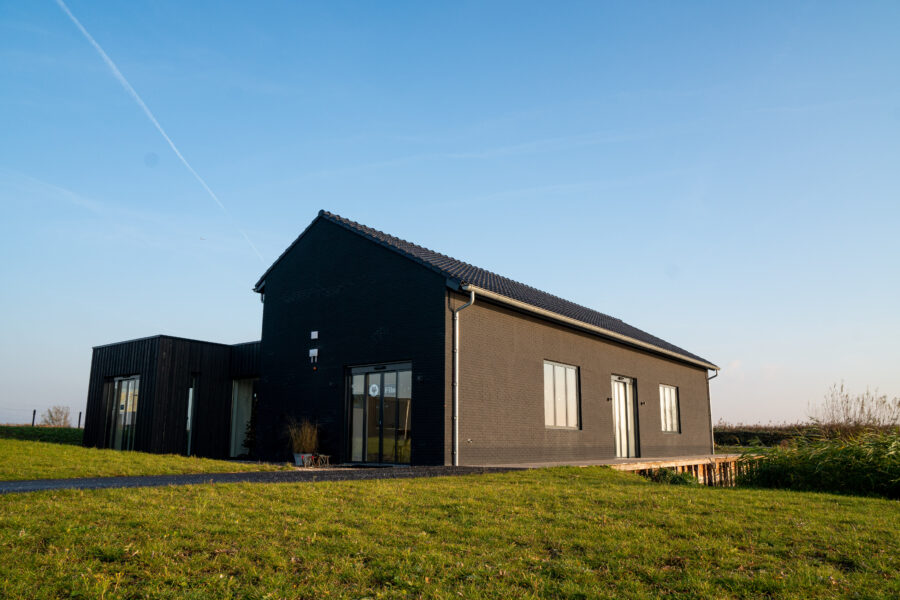
The Overwaard windmills
The wooden windmills of the Overwaard (1740) use a scoop wheel to pump water from the Lower Basin to the Upper Basin. Inside is enough space for a miller and his entire family.
STORY
A system of windmills and pumps has been draining the water from the Kinderdijk polder soil into the river for centuries. As these systems were improved, wind power was paired with steam, diesel, and electrically powered pumping stations, consecutively. Here, human wits, technology, and nature work together to keep our feet dry!
Kinderdijk has no fewer than nineteen of the more than 1,200 windmills in the Netherlands. These mills were used by the Water Boards to maintain the water level in the polders. Overwaard’s wooden mills and Nederwaard’s brick mills use wind power to move water from the polders to the basins. Spanning up to thirty metres, these groundsailers barely miss the ground as their sails turn.

The wooden windmills of the Overwaard (1740) use a scoop wheel to pump water from the Lower Basin to the Upper Basin. Inside is enough space for a miller and his entire family.
The stone windmills of Nederwaard mill water to the Upper Basin. Visit Nederwaard Museum Mill to see how miller Hoek used to live here with his wife and thirteen (!) children.


In this museum windmill, you get a personal experience of the miller’s trade in real life! Here, you’ll see the water wheel mill the water up more than a metre to the basin.
Of the three original Lekkerland windmills, two remain. The High Mill uses a screw instead of a water wheel to mill water up 2,5 metres, discharging directly into the river.

From steam to electricity and diesel, and currently by a computer-operated system of pumping stations, the Kinderdijk mills got help from ever-better pumps to keep draining the rising water from the polder. At low river levels, the sluices open up, and the pumps expel the water into the river.

In 1868, Overwaard got help from this steam-powered pump. In 1924, it was refitted with electric pumps. Nowadays the pumping station plays no longer a role in our water management.
This diesel pump replaced the Van Haaften pumping station in 1972. Its screws are now computer-guided, using careful measurements of water levels and wind and weather forecasts.


Replacing the old Wisboom station, this electric pump uses three giant Archimedean screws to discharge water at volumes greater than the capacity of 24 windmills combined!
Secondary Pumping Station De Fabriek was opened in 2019. It features a multi-screen film that is the perfect start for your Kinderdijk World Heritage visit.
